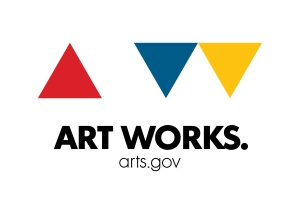 Nonprofit tech blogger Amy Sample Ward‘s latest contribution to the Stanford Social Innovation Review blog focuses on how libraries can operate as community-driven organizations, allowing these valuable institutions to innovate, as she puts it, “at the speed of communities.” Reading through her post, replace “libraries” with “public media” and her thinking resonates just as strongly.
Nonprofit tech blogger Amy Sample Ward‘s latest contribution to the Stanford Social Innovation Review blog focuses on how libraries can operate as community-driven organizations, allowing these valuable institutions to innovate, as she puts it, “at the speed of communities.” Reading through her post, replace “libraries” with “public media” and her thinking resonates just as strongly.
Ward is getting at a key idea for community engagement: collaboration between local organizations and the communities they serve can work best when those institutions are focused on the community, and move with it over time. Organizations, she points out, “can provide the map, the gas, and even the car, but the community needs to be the driver. That will ensure passion and impact can go into steering, knowledge can help guide the way, and if no one wants to drive you have a pretty clear answer to adoption!”
Filed under: Audience Engagement, Engagement Trends | Tagged: Amy Sample Ward, collaboration, libraries, social innovation | 1 Comment »





